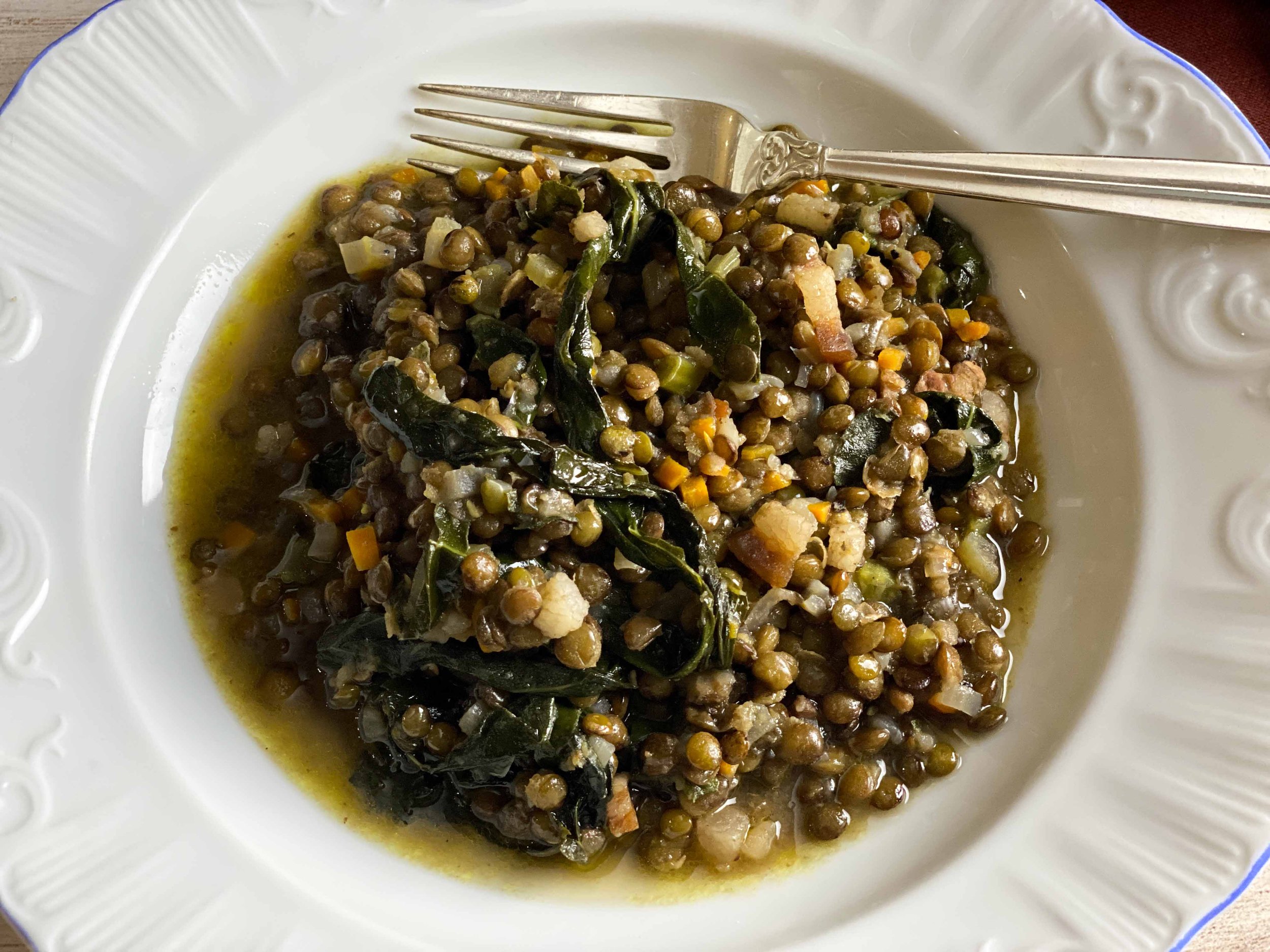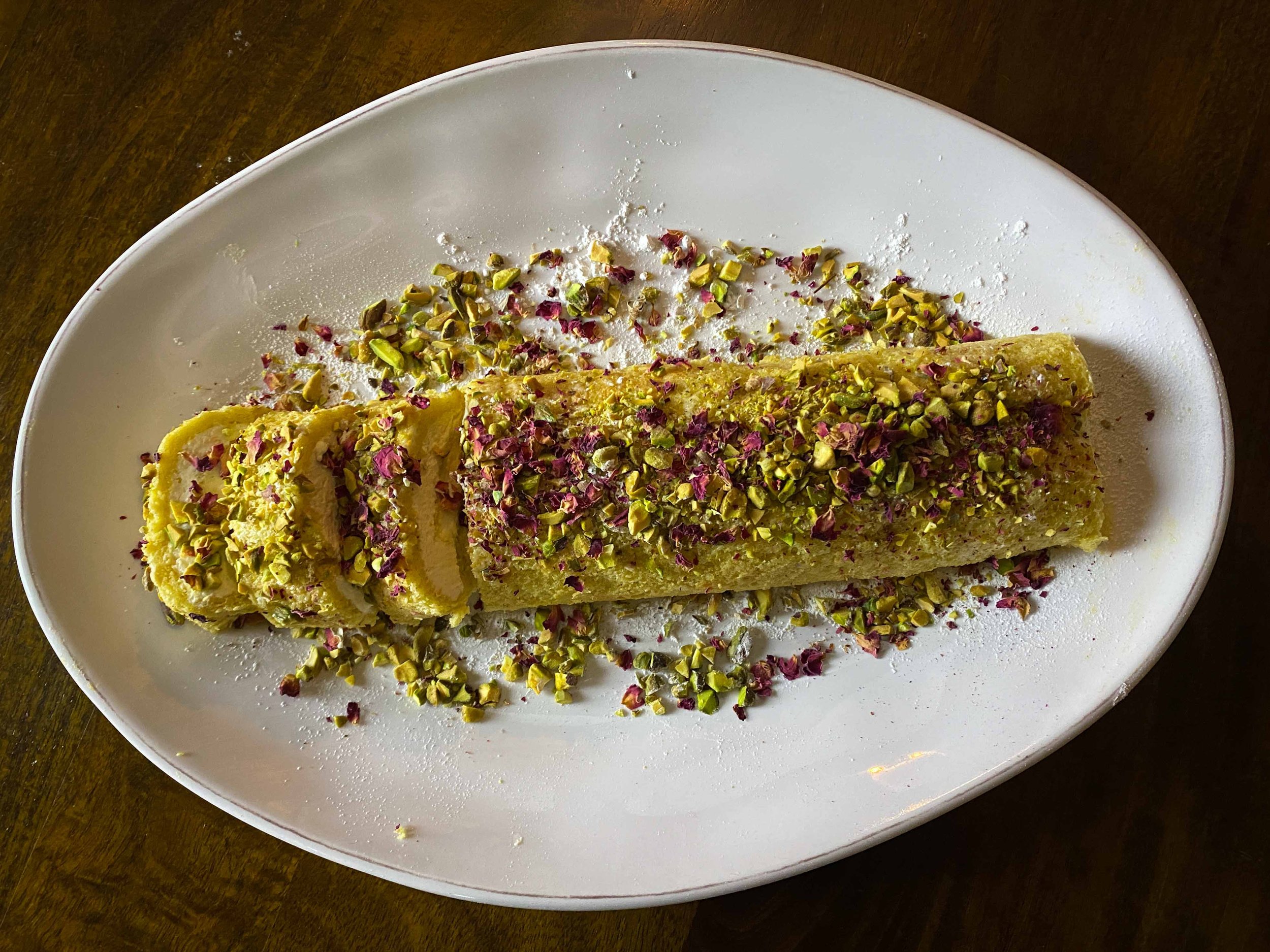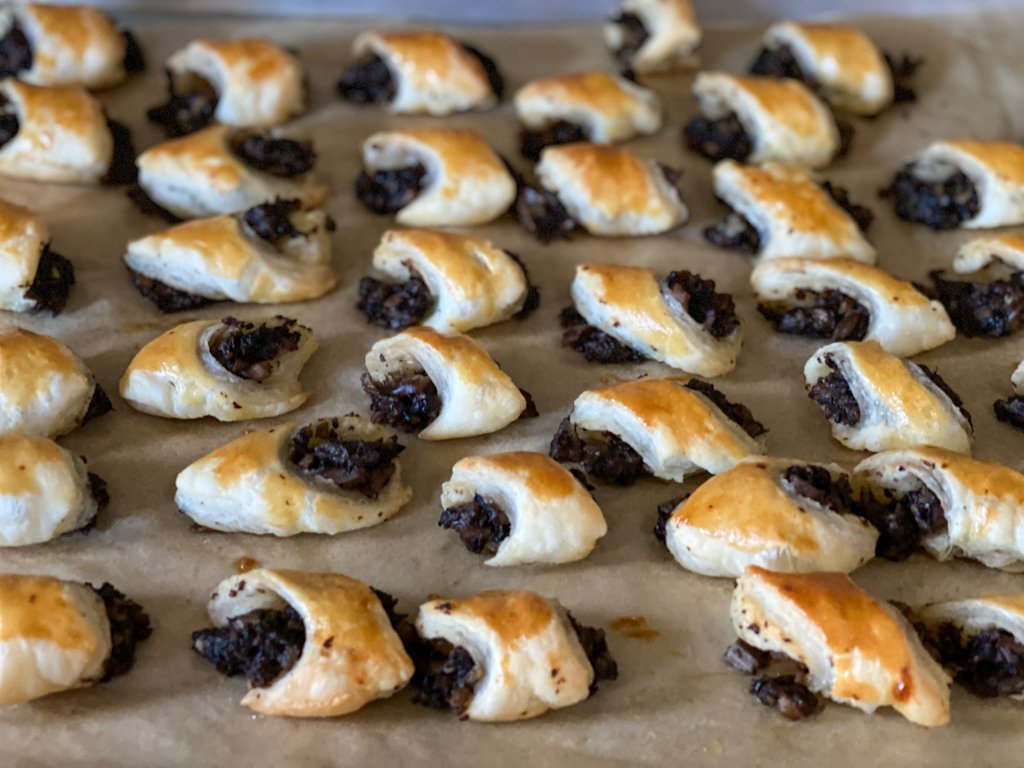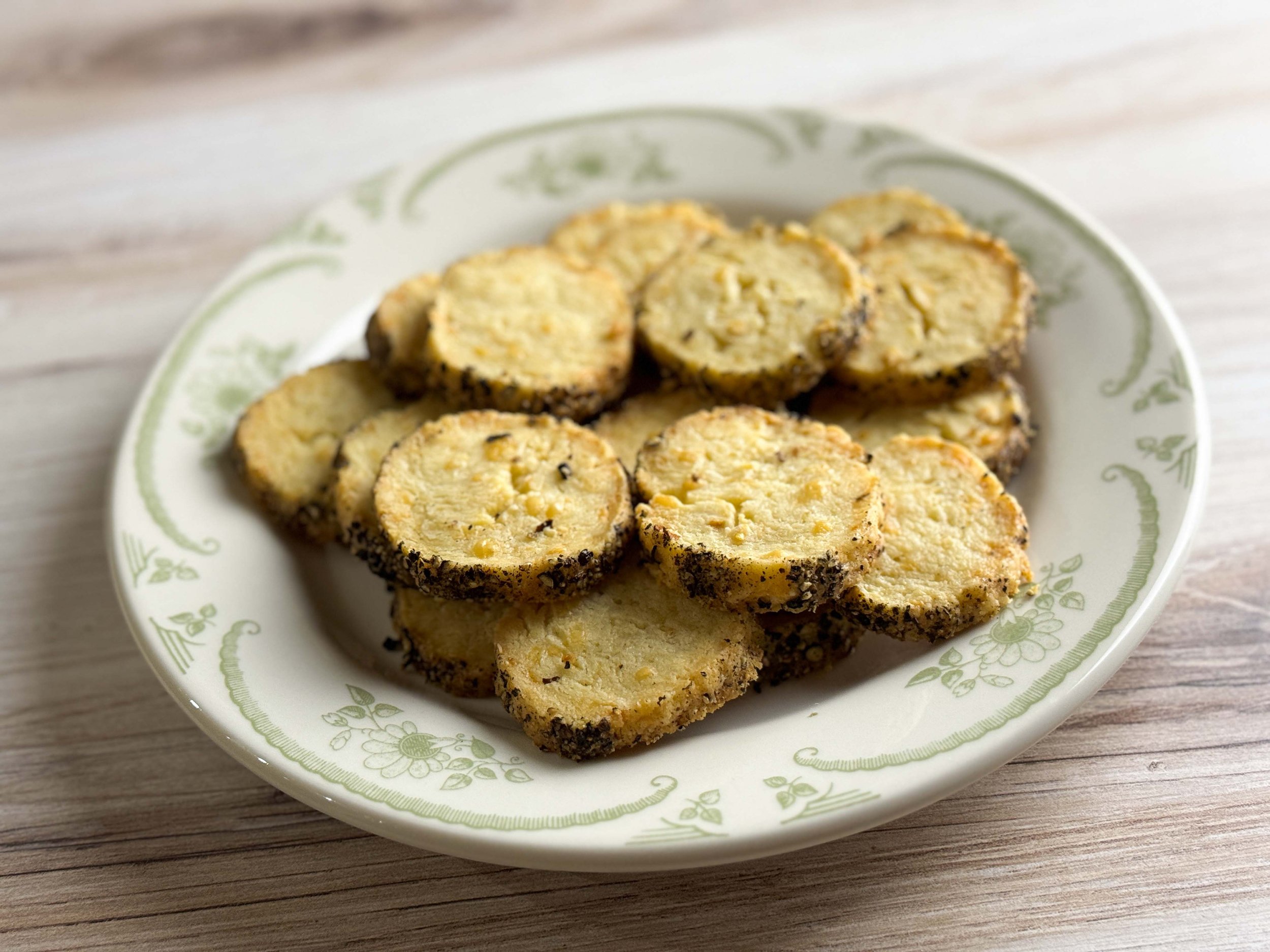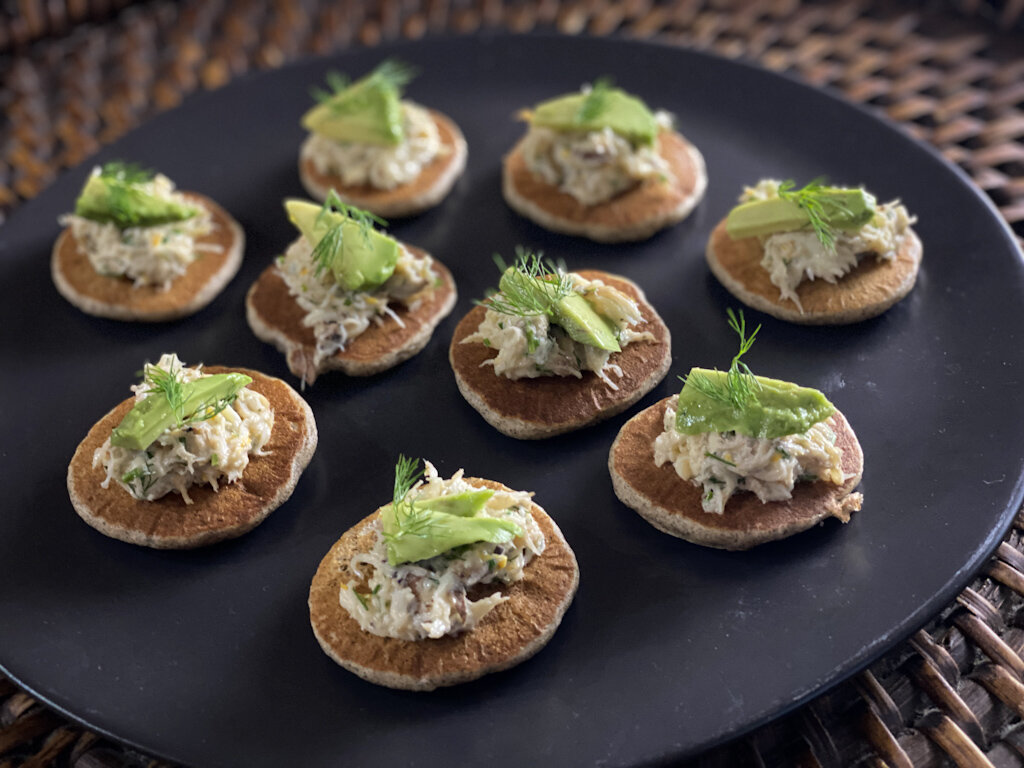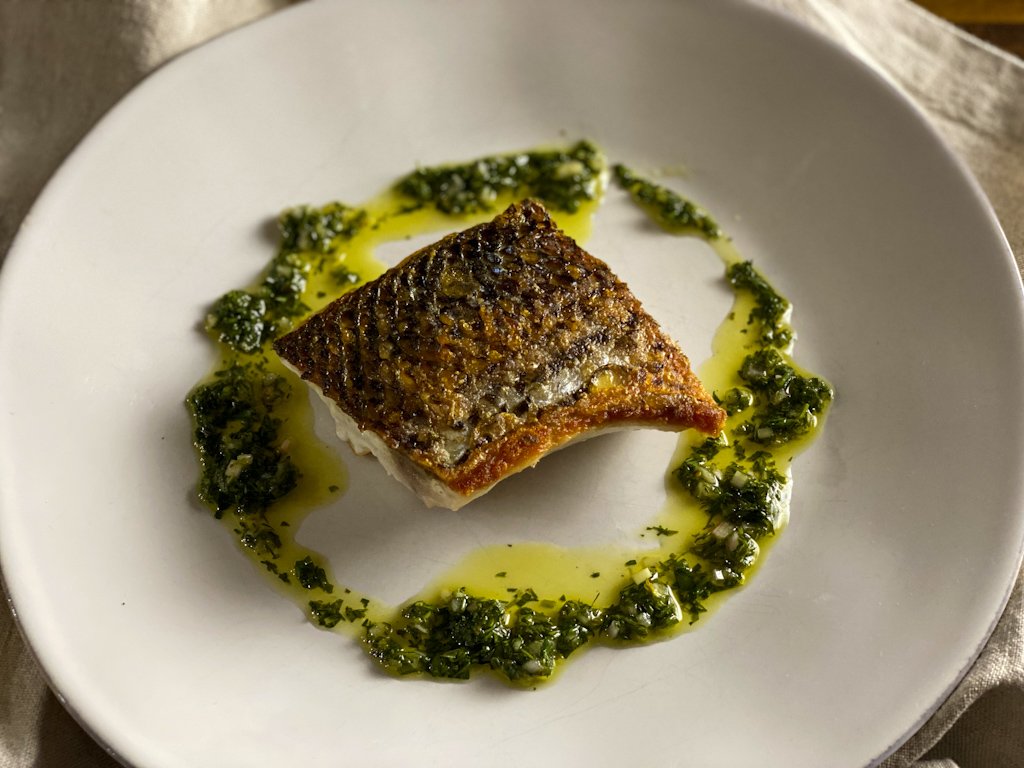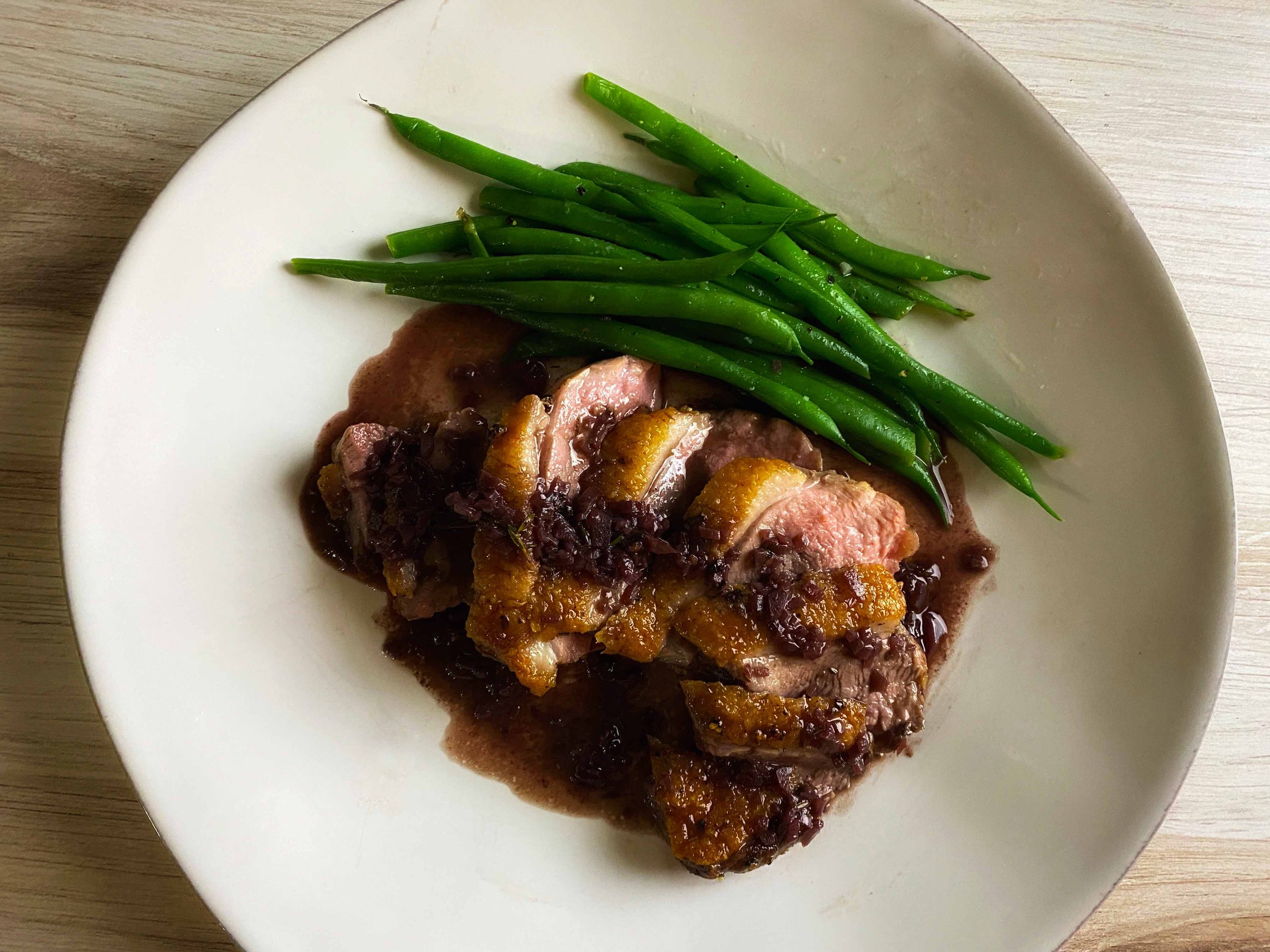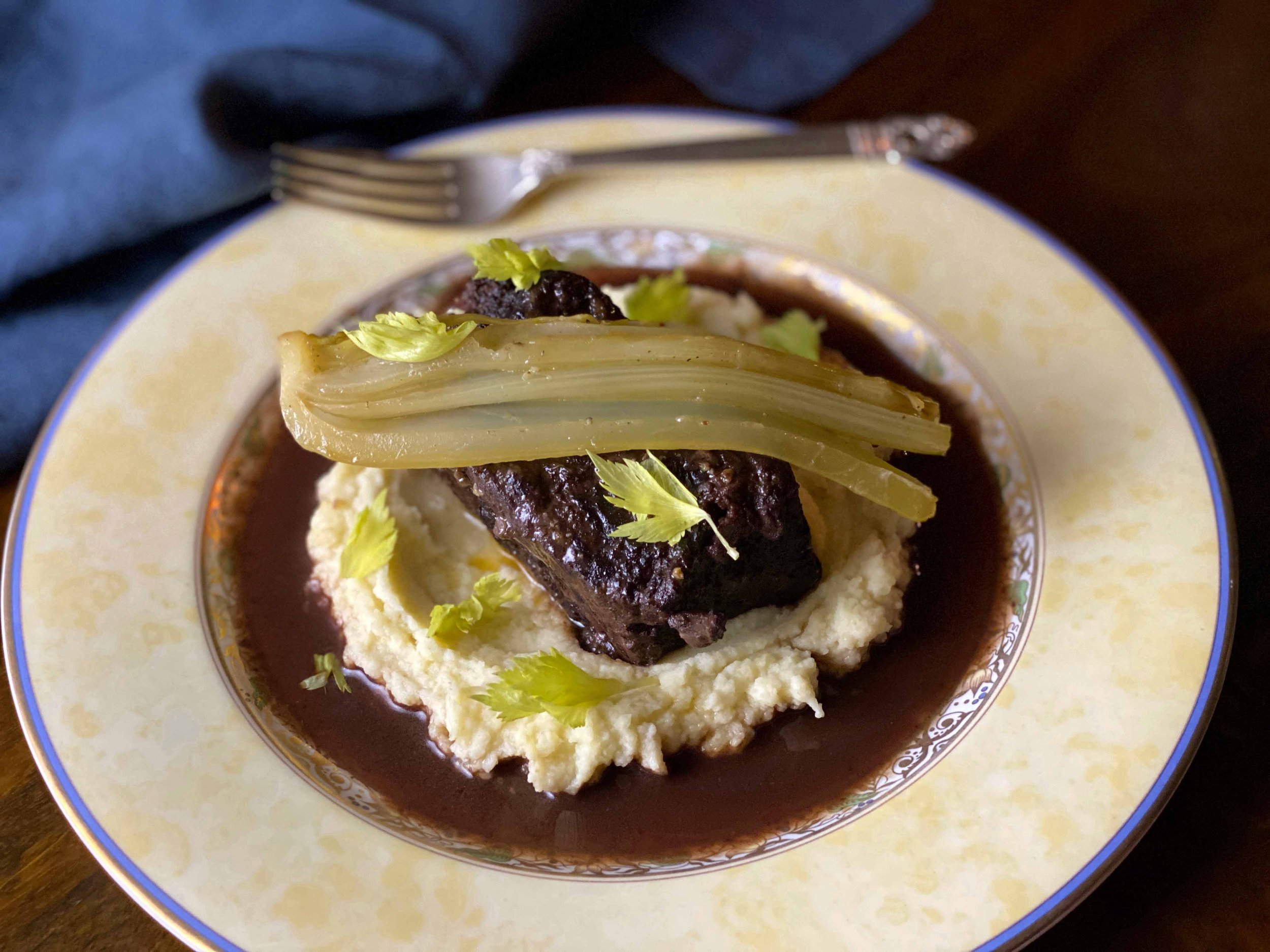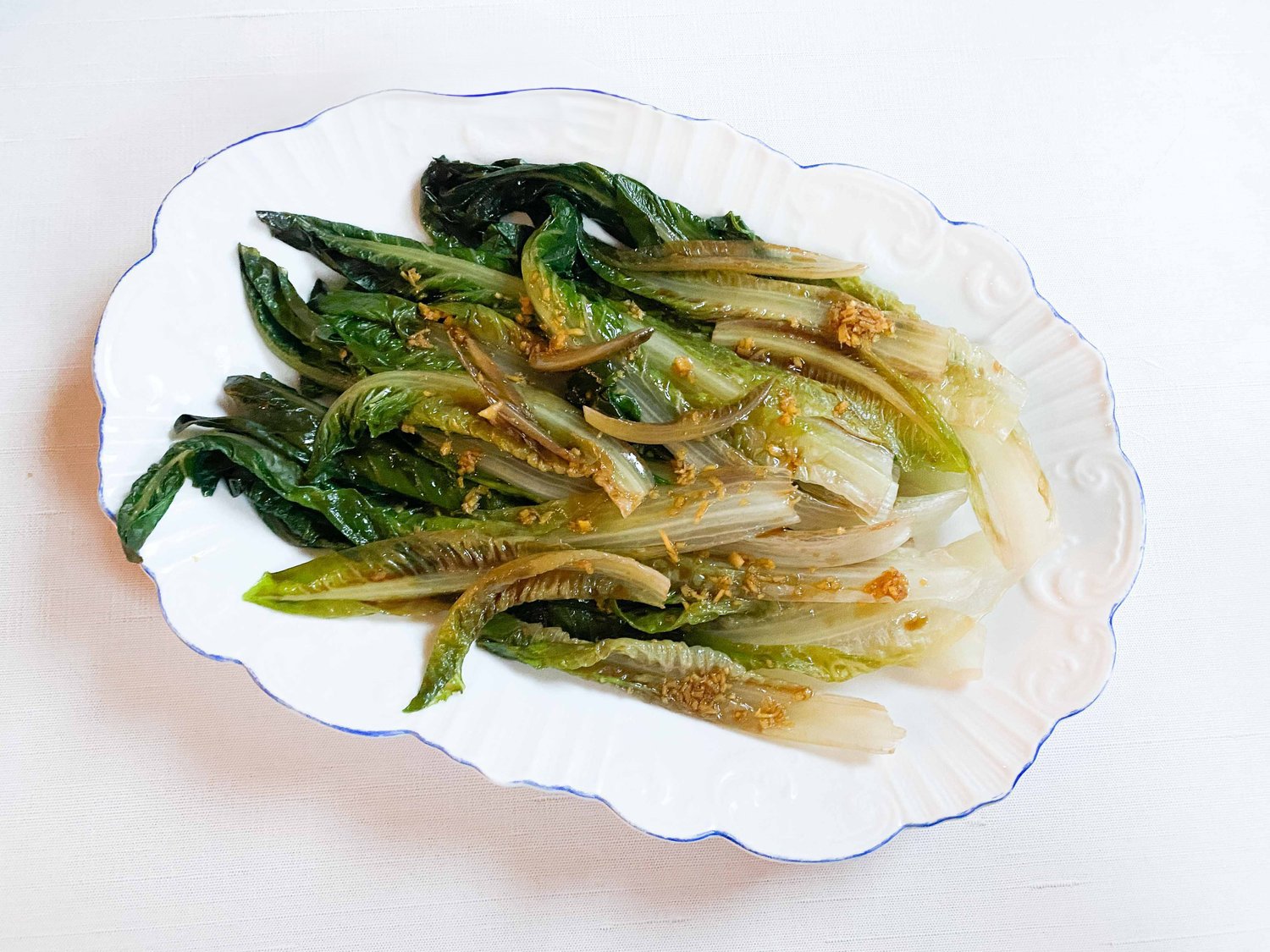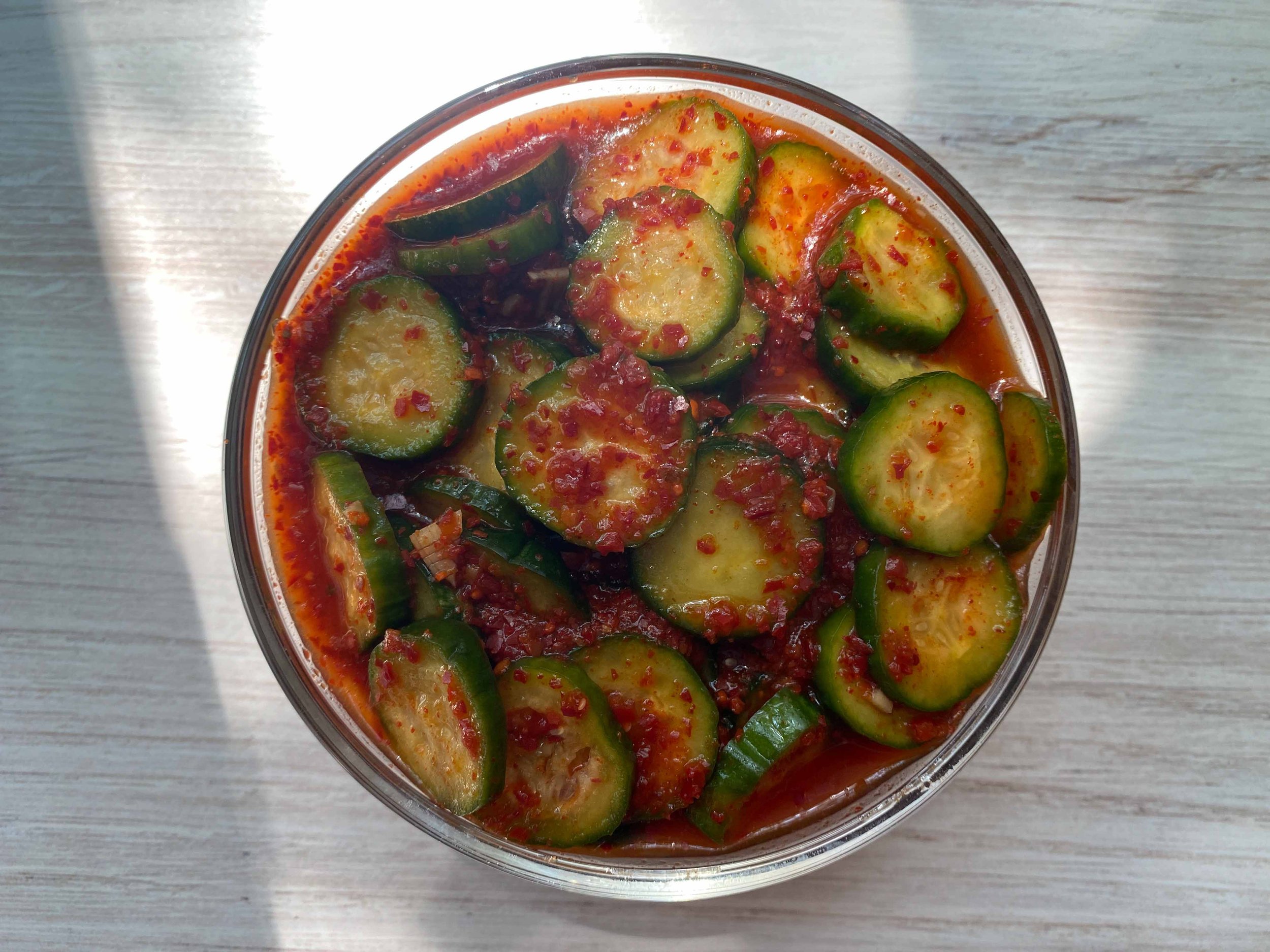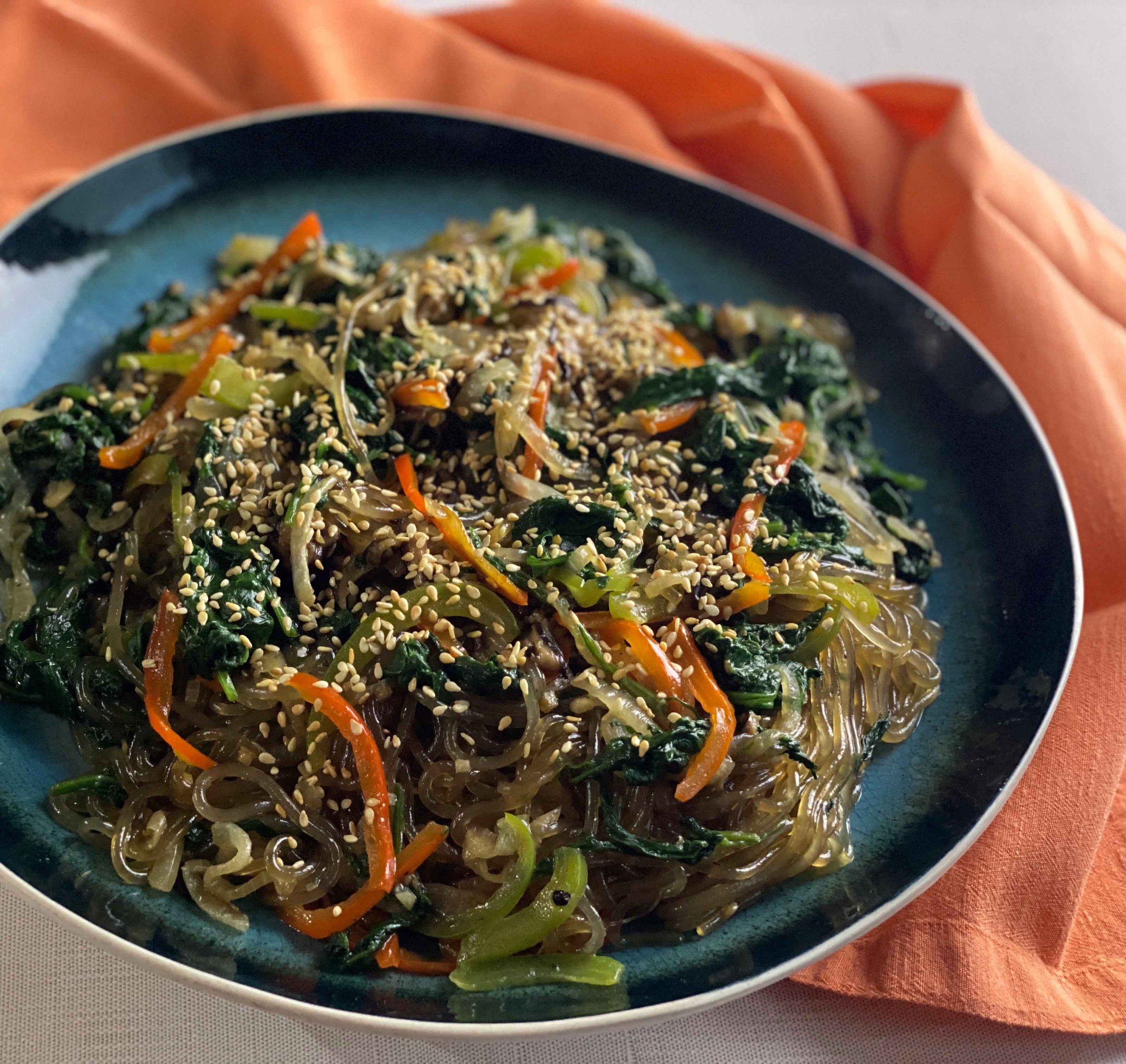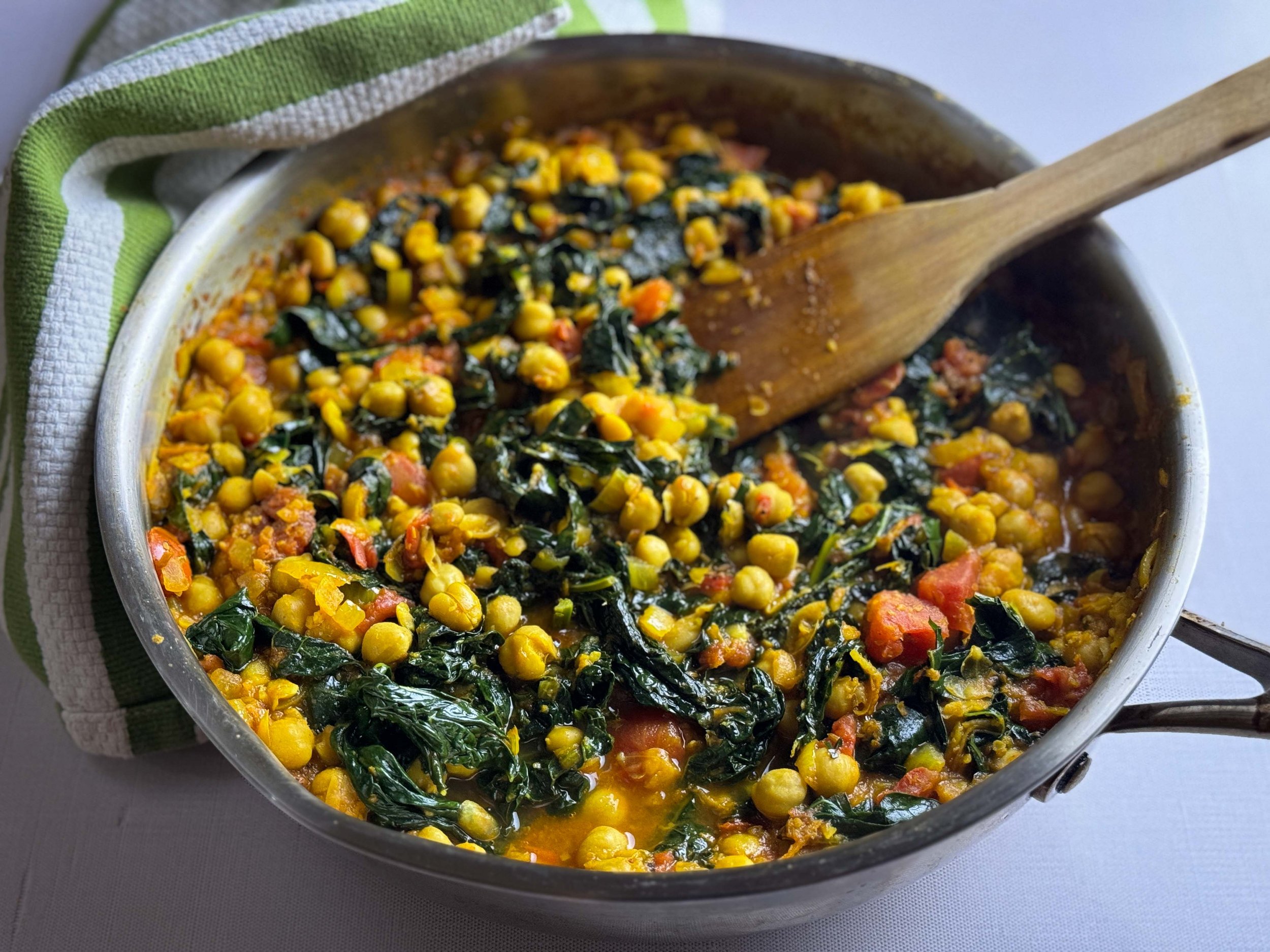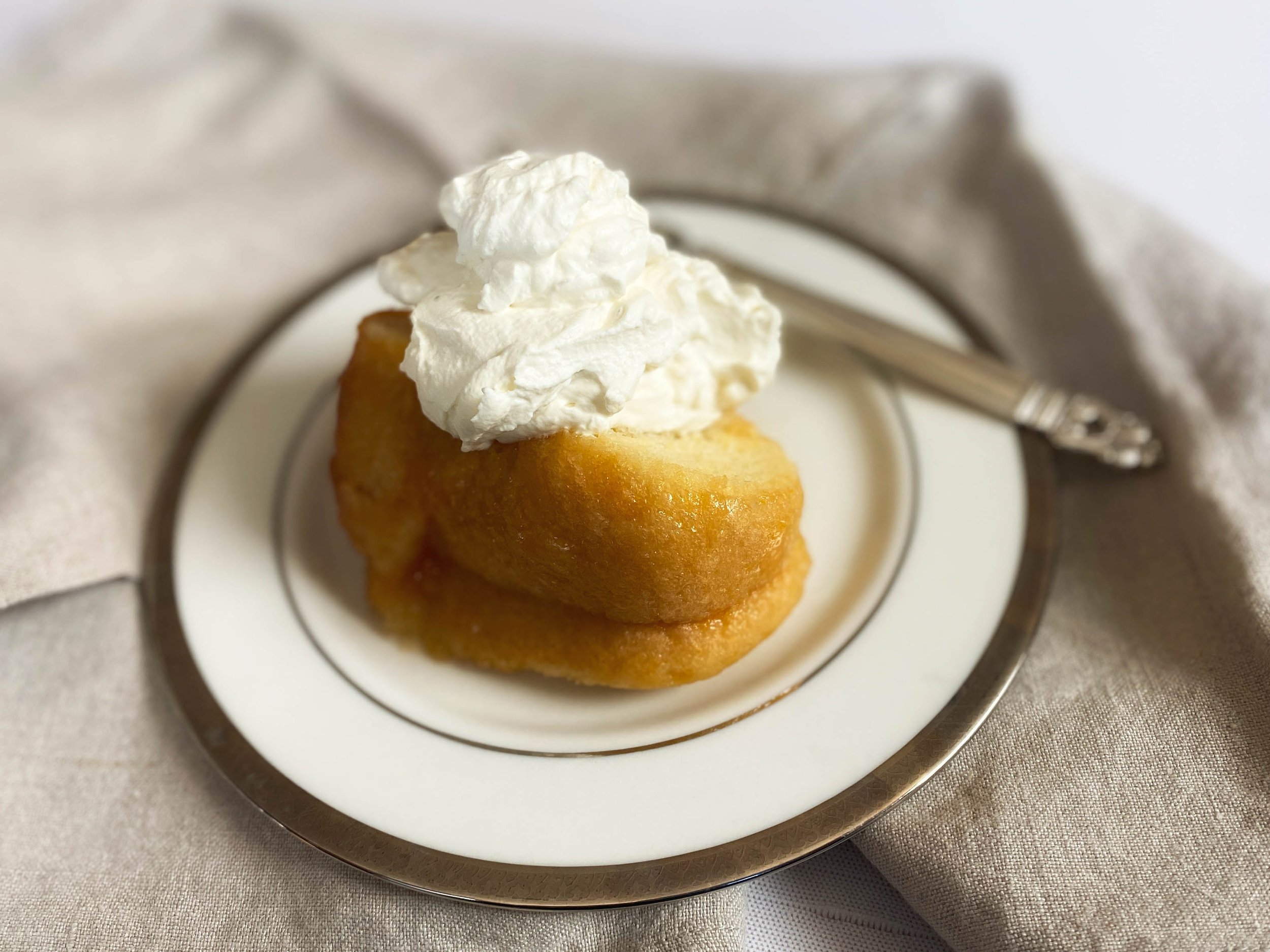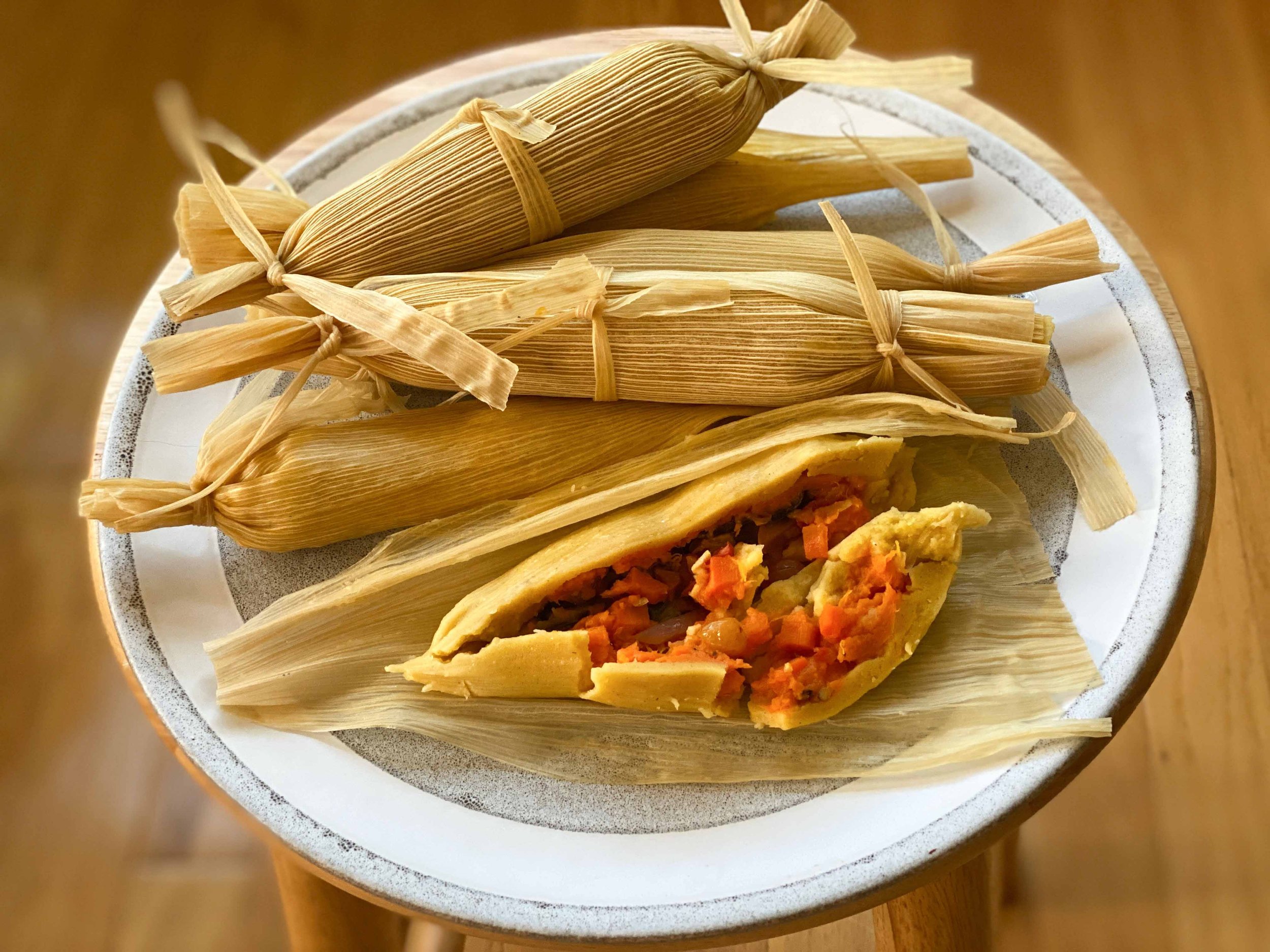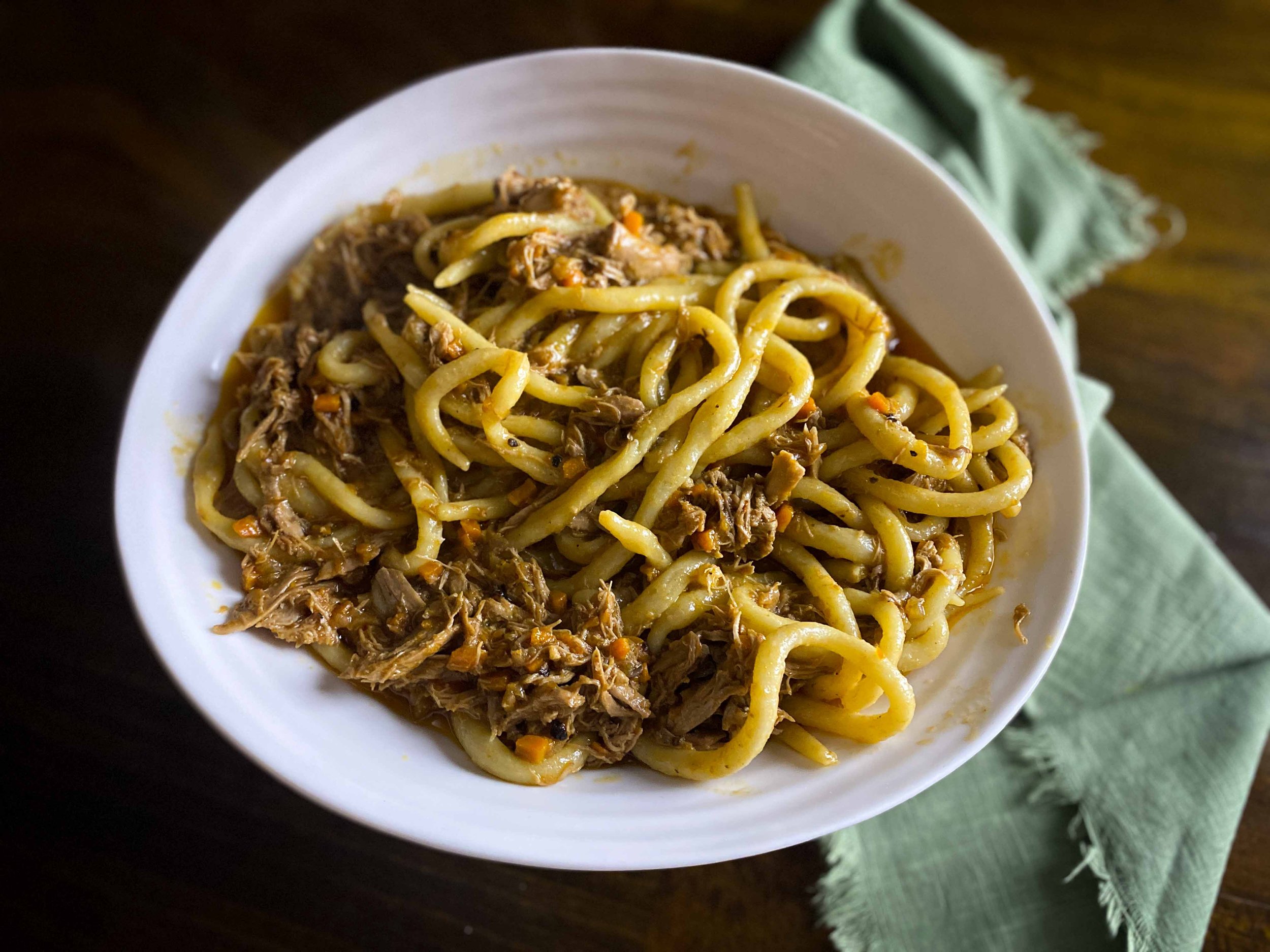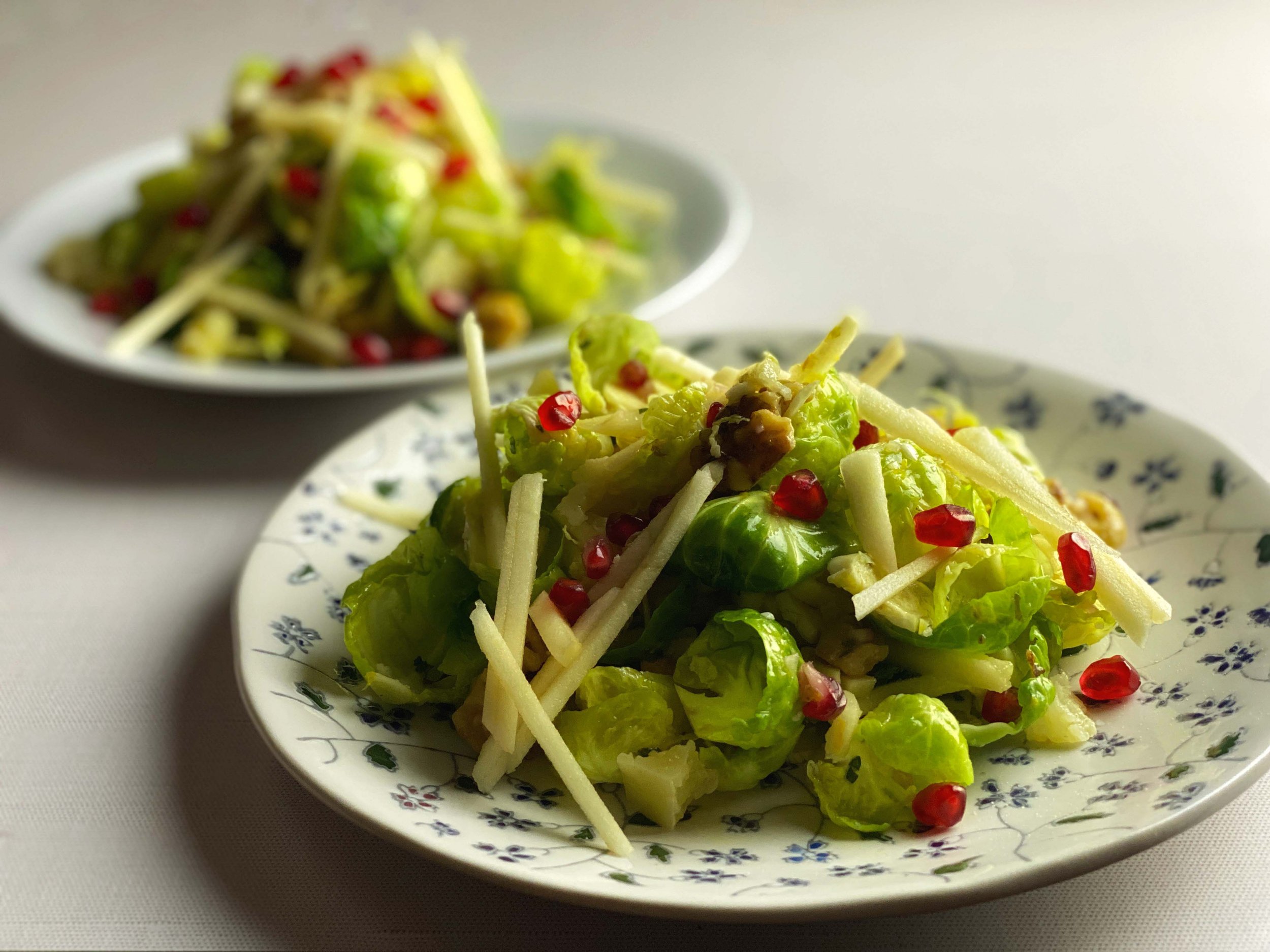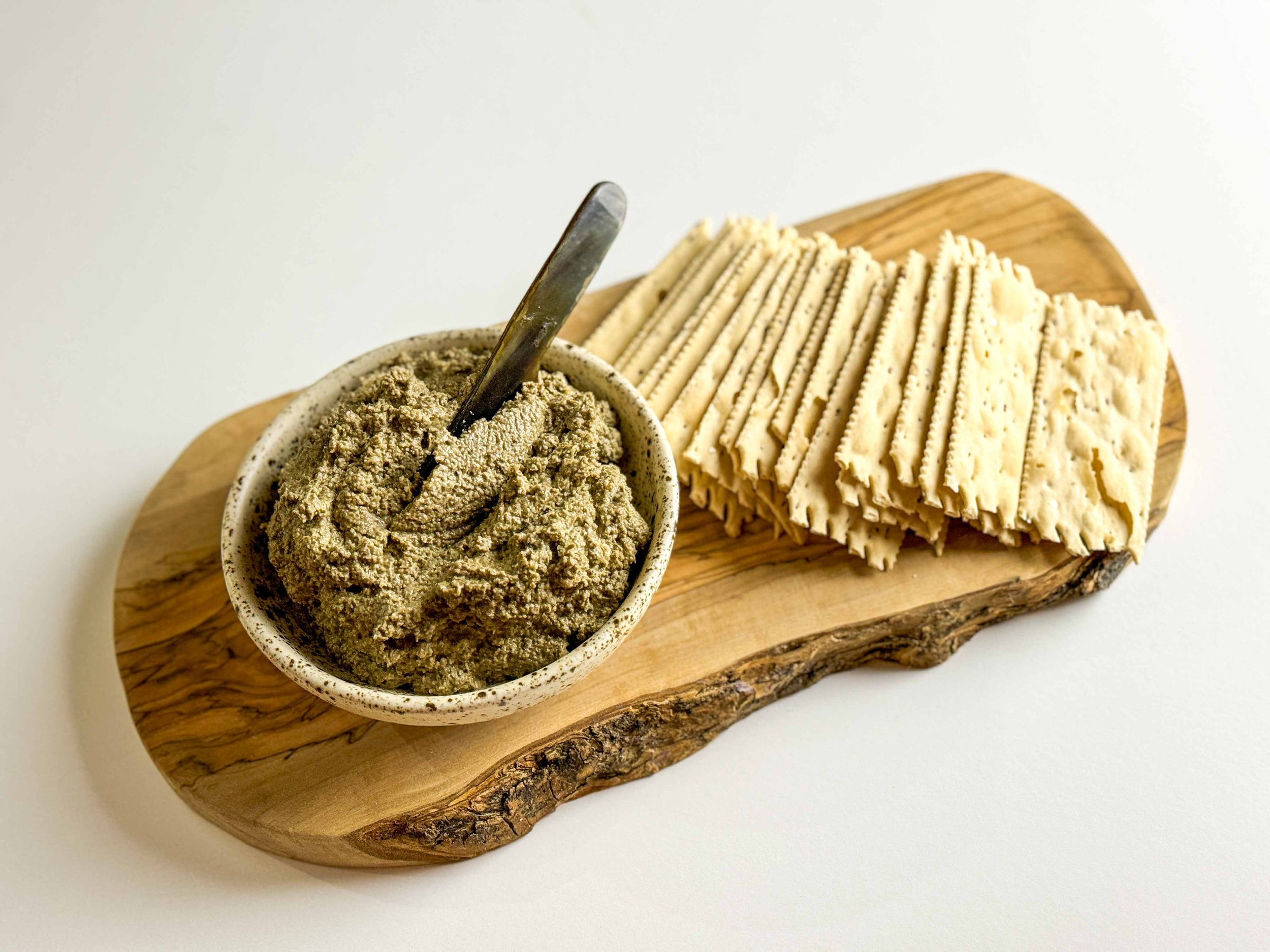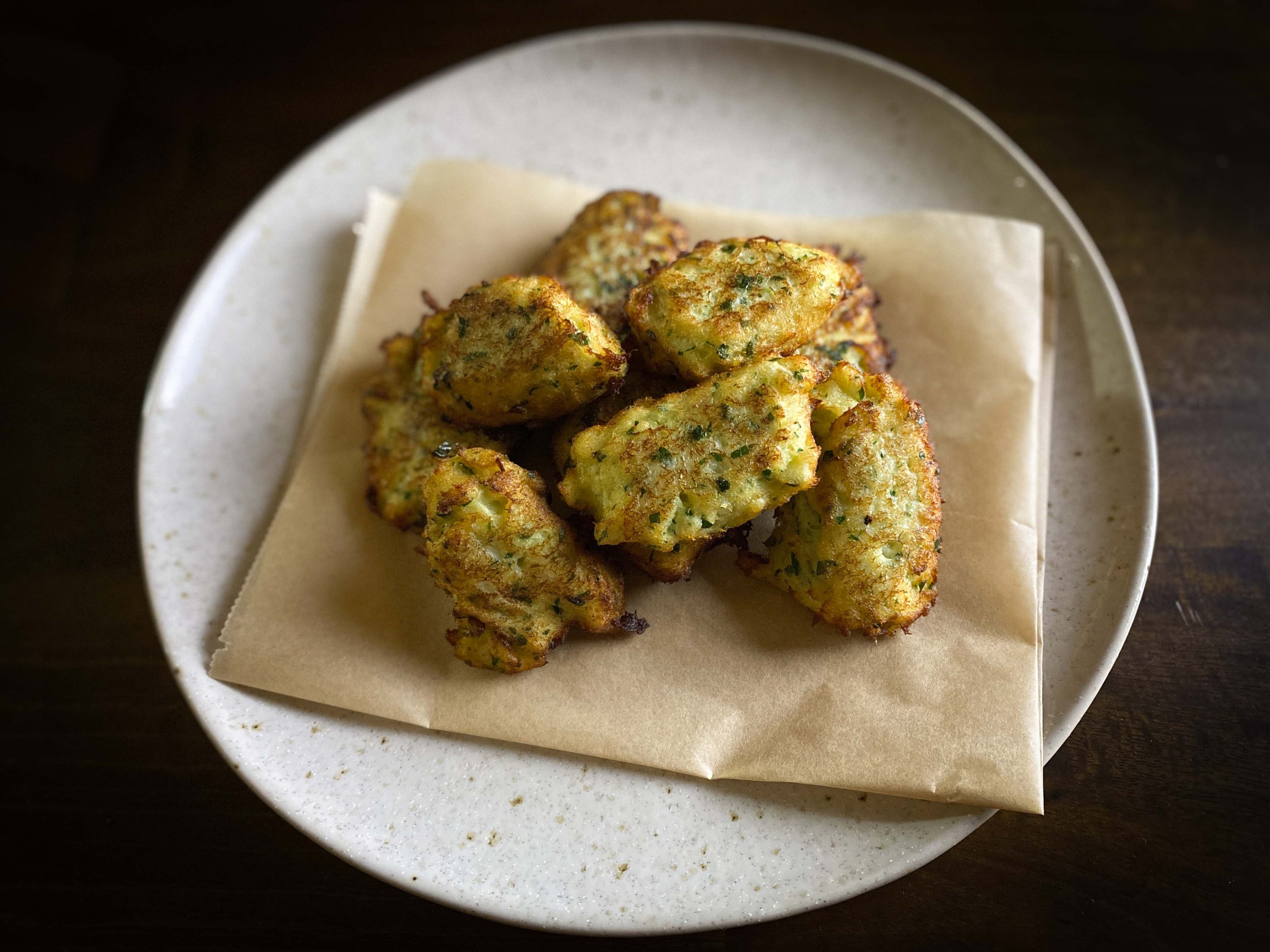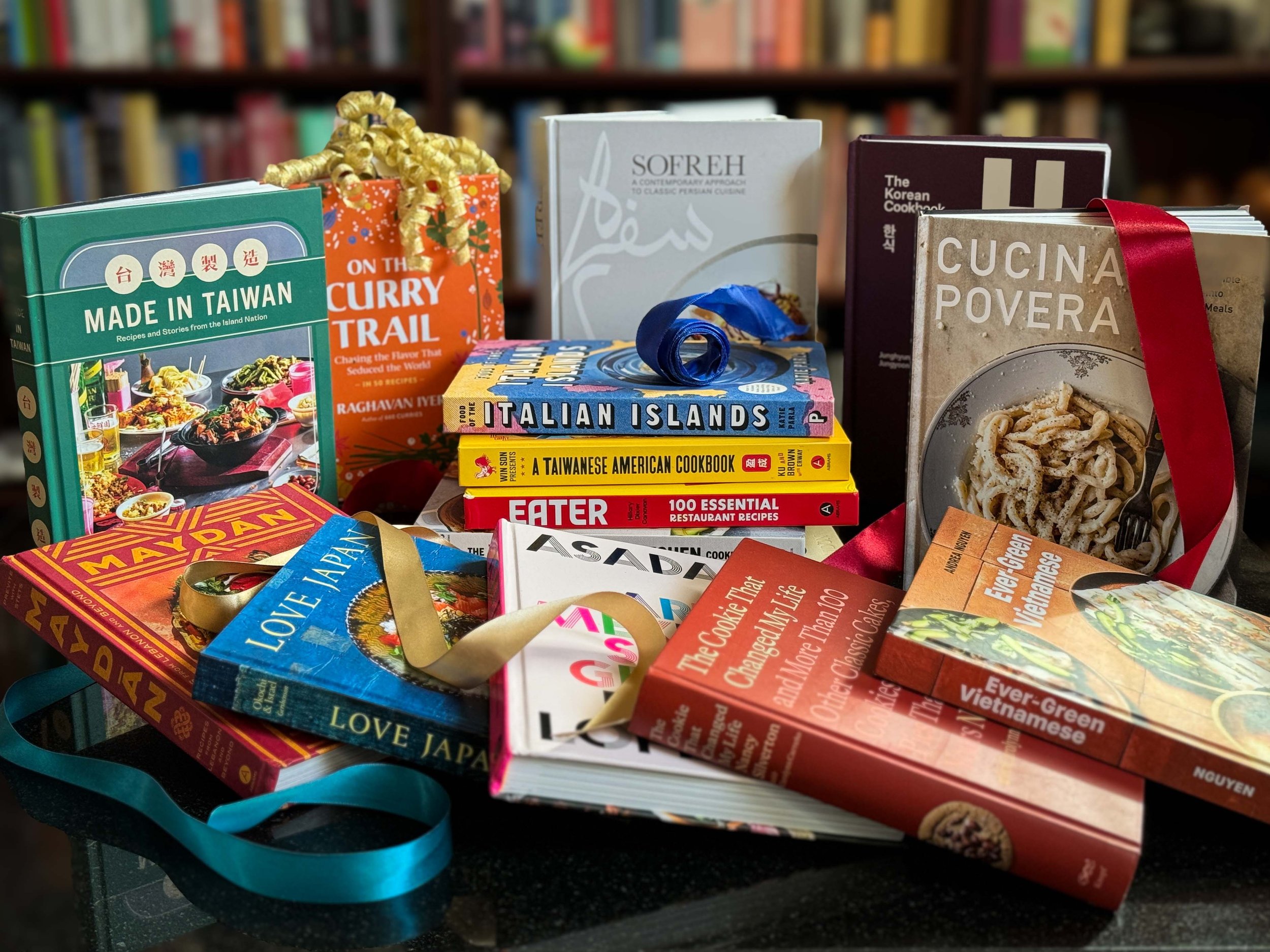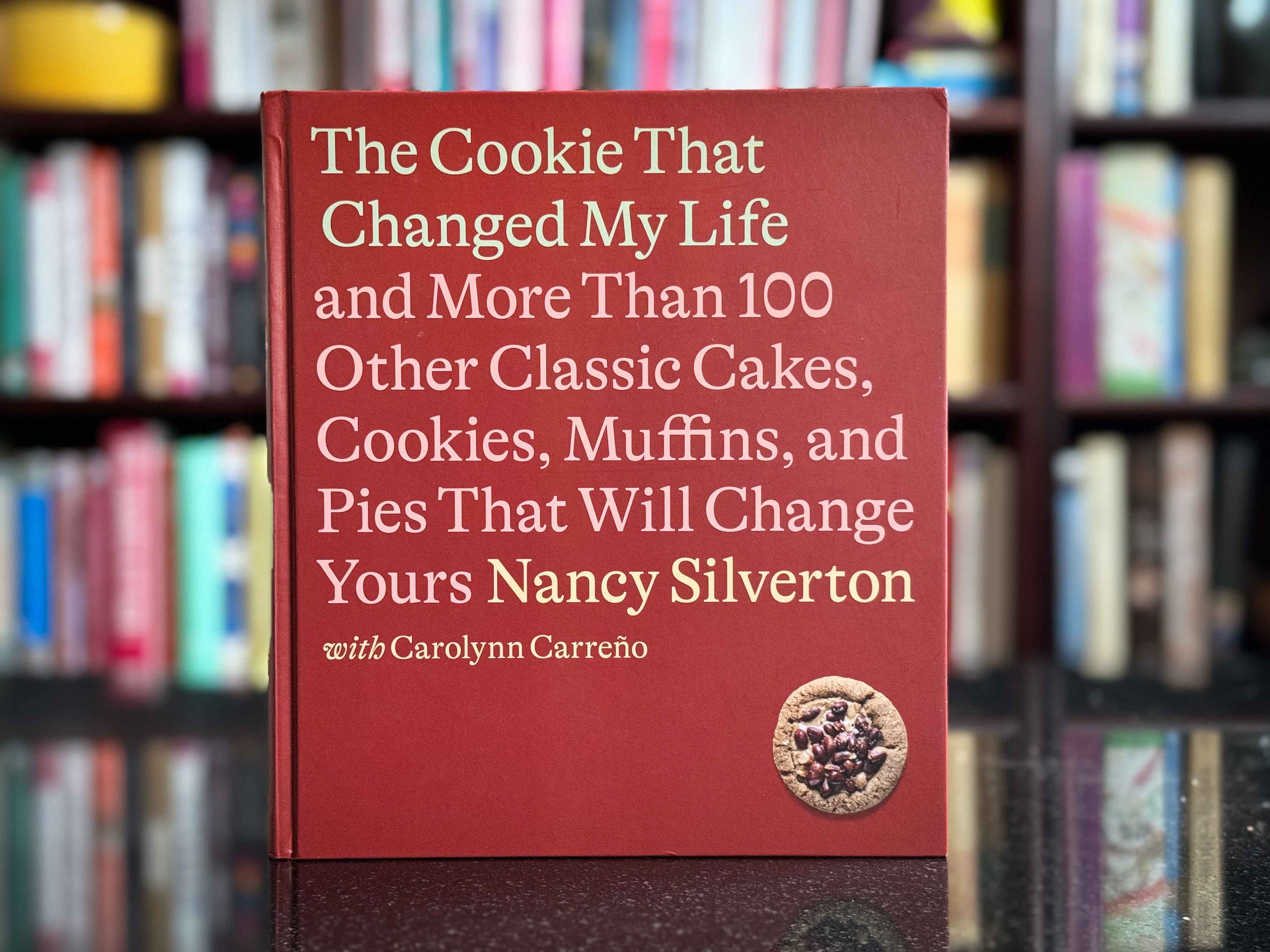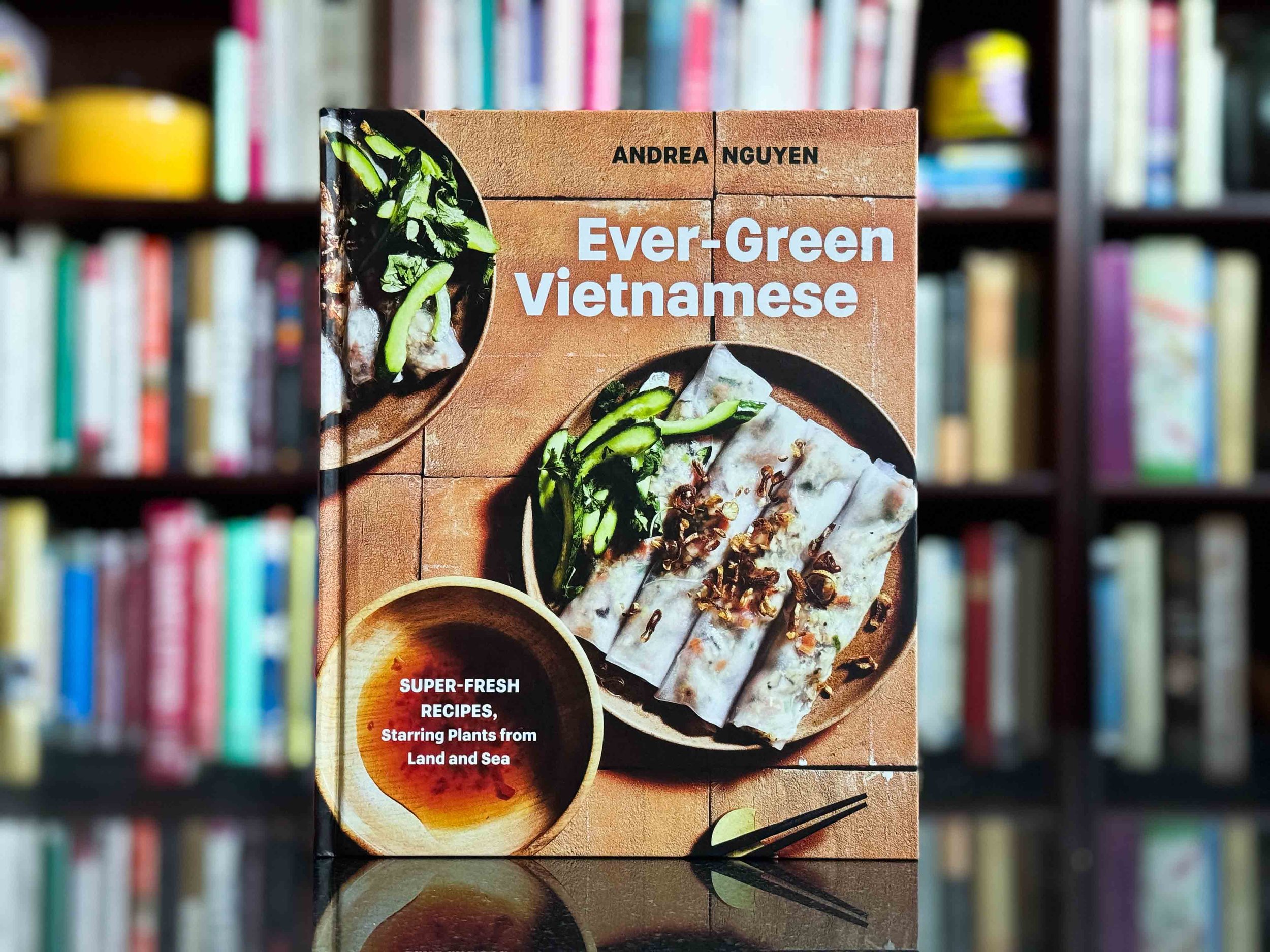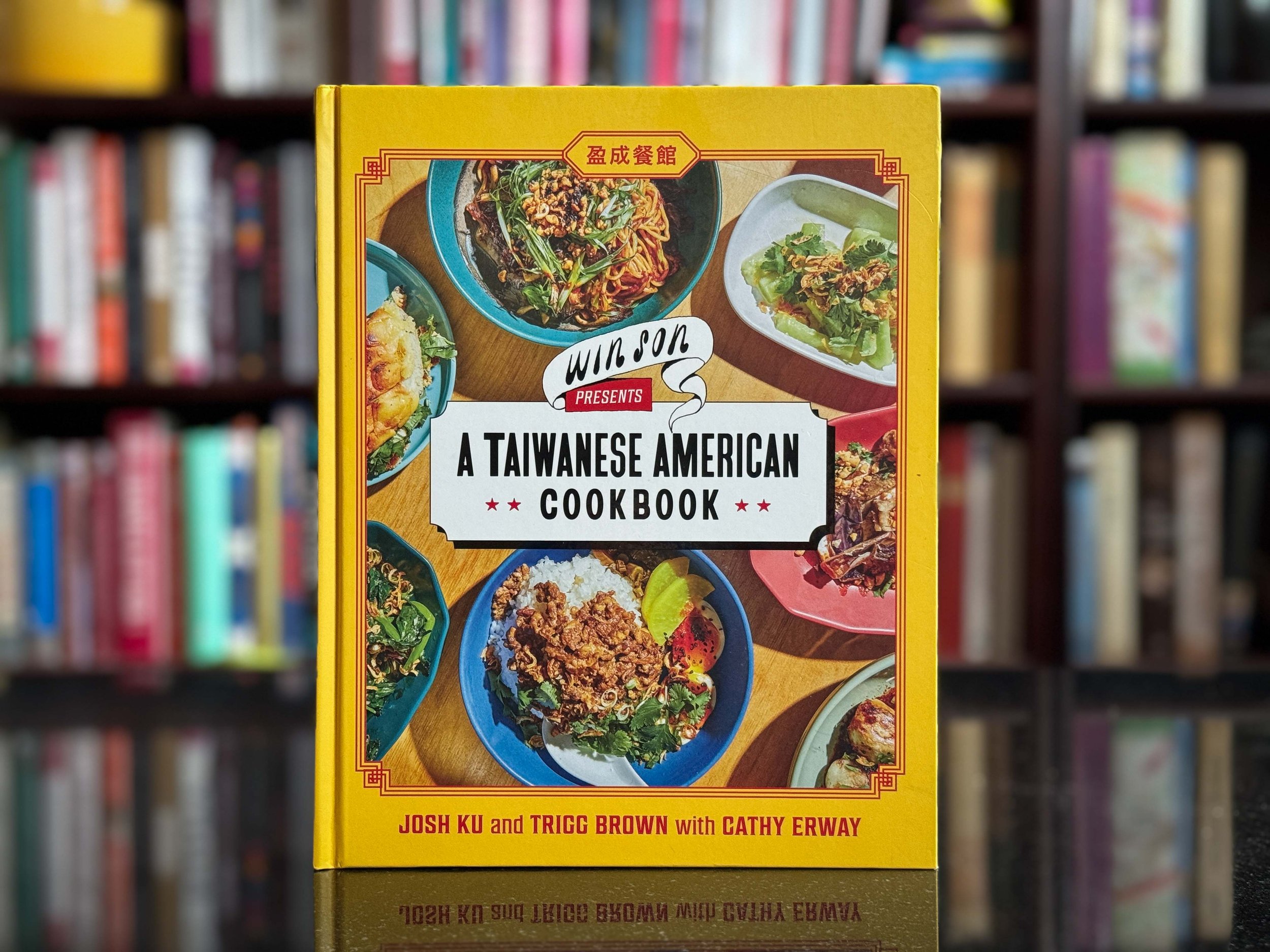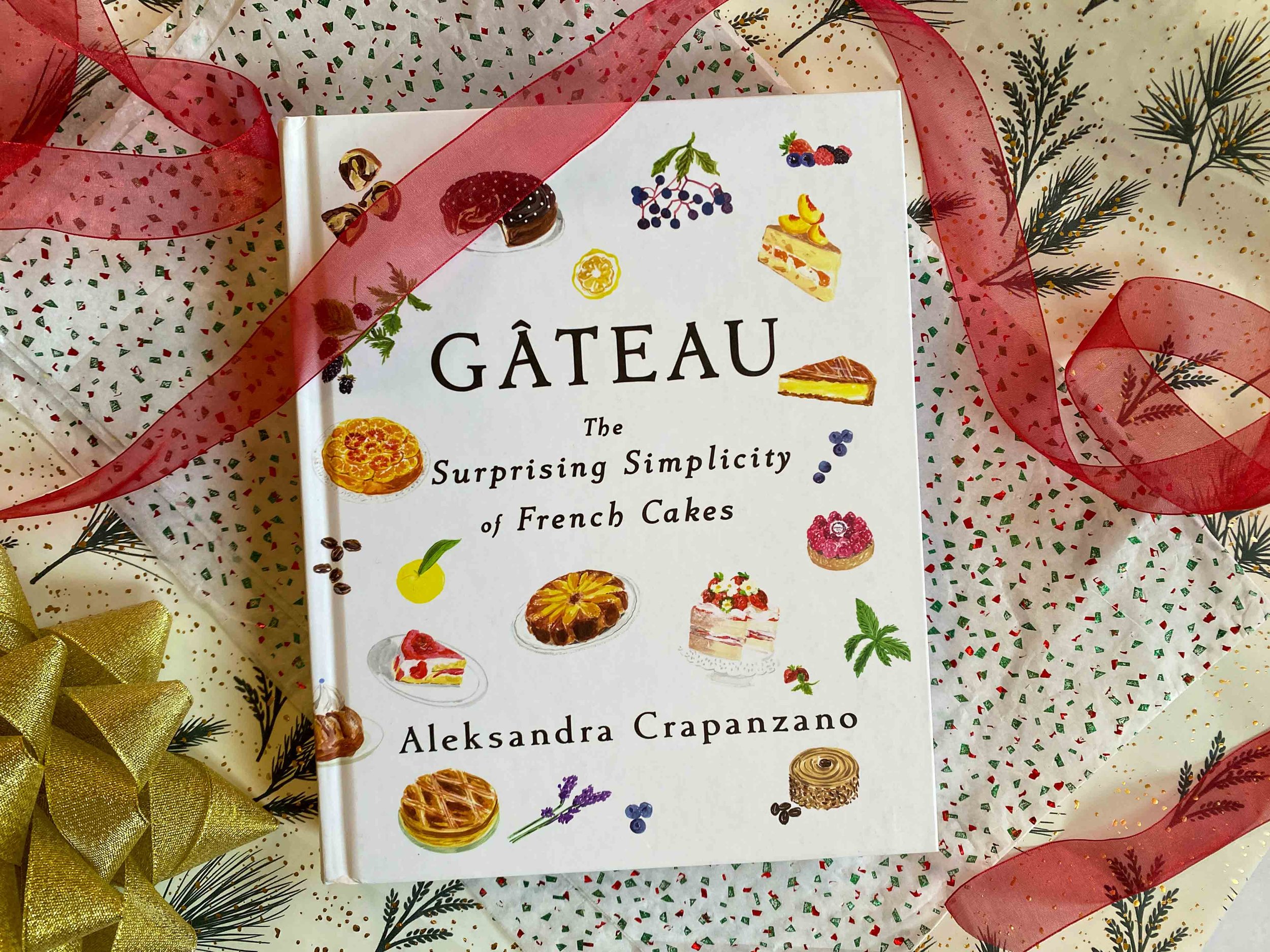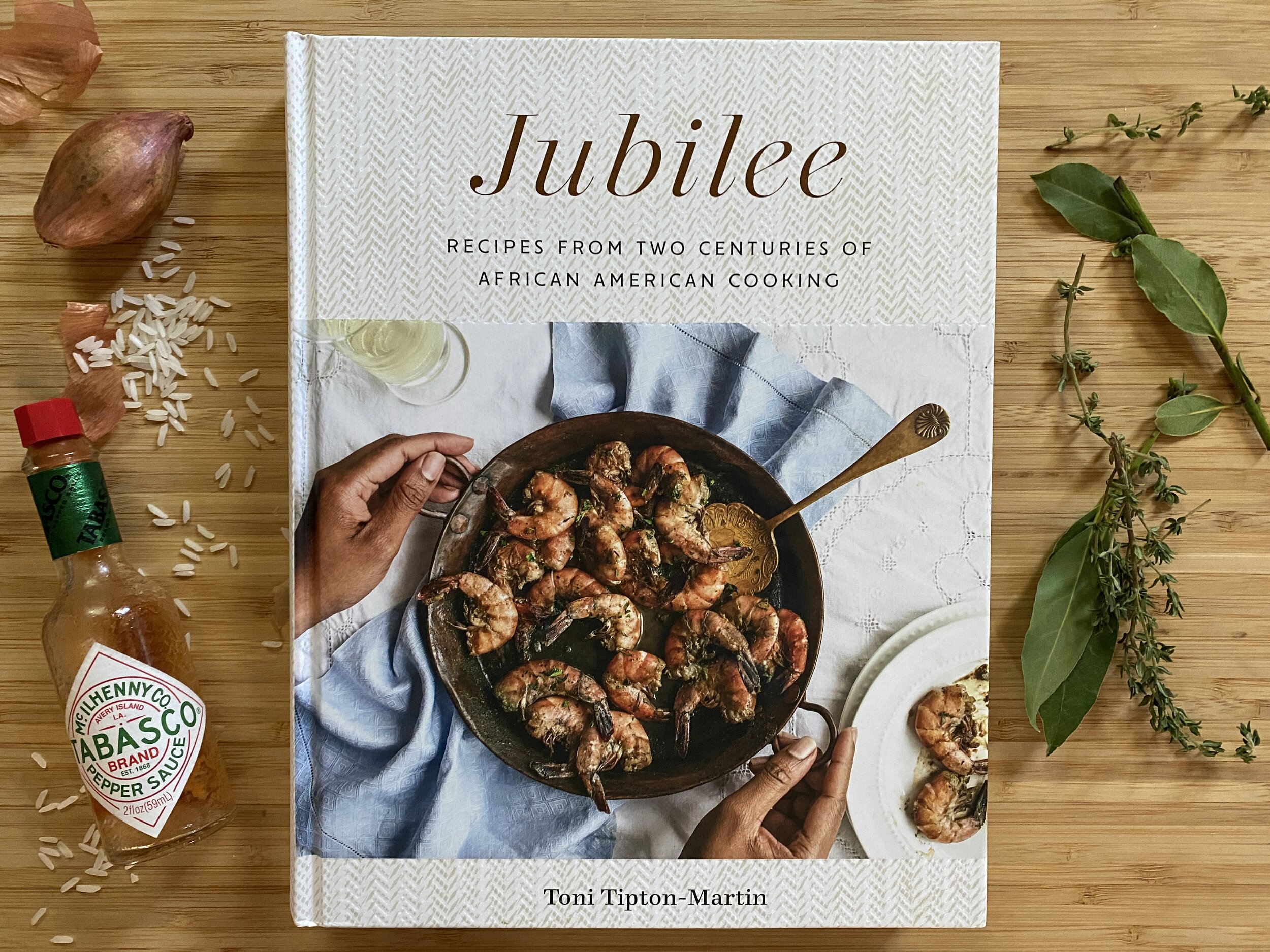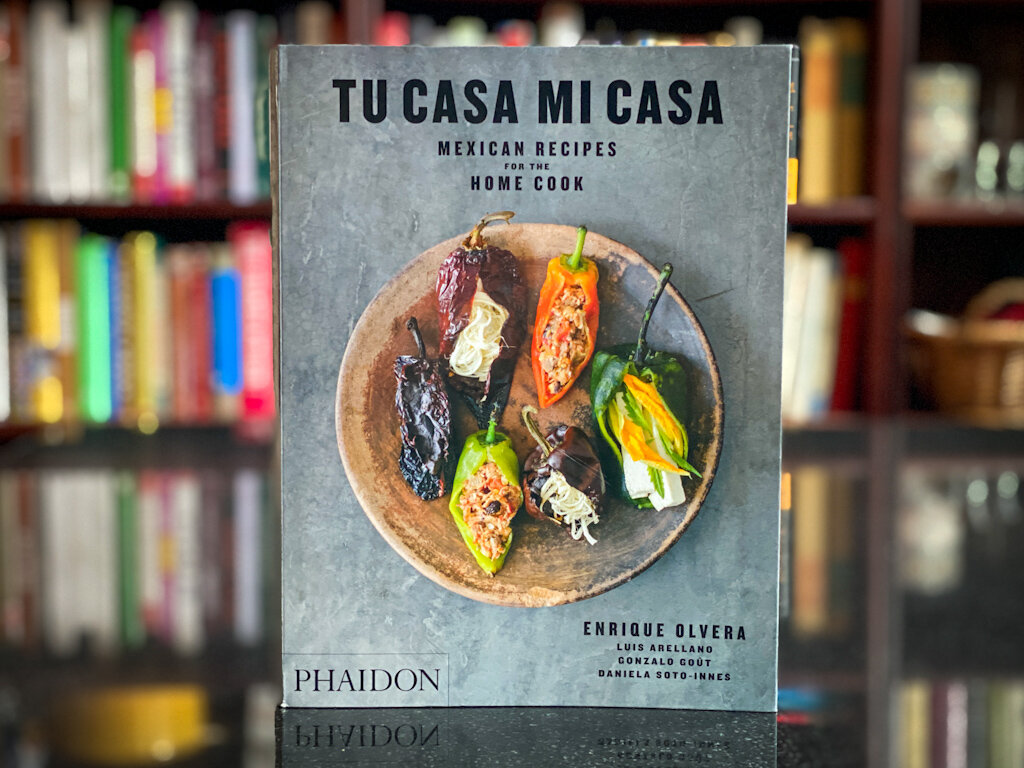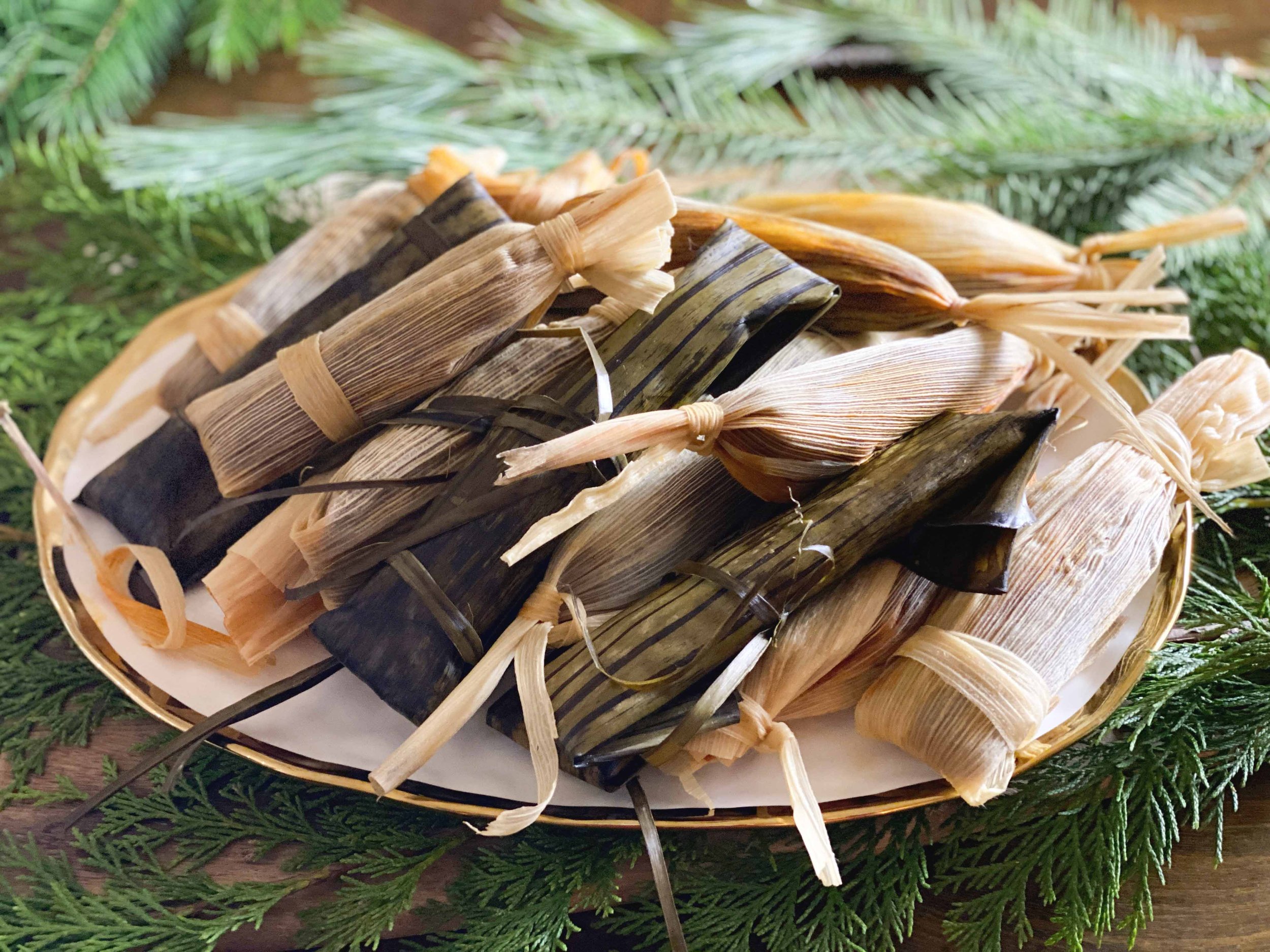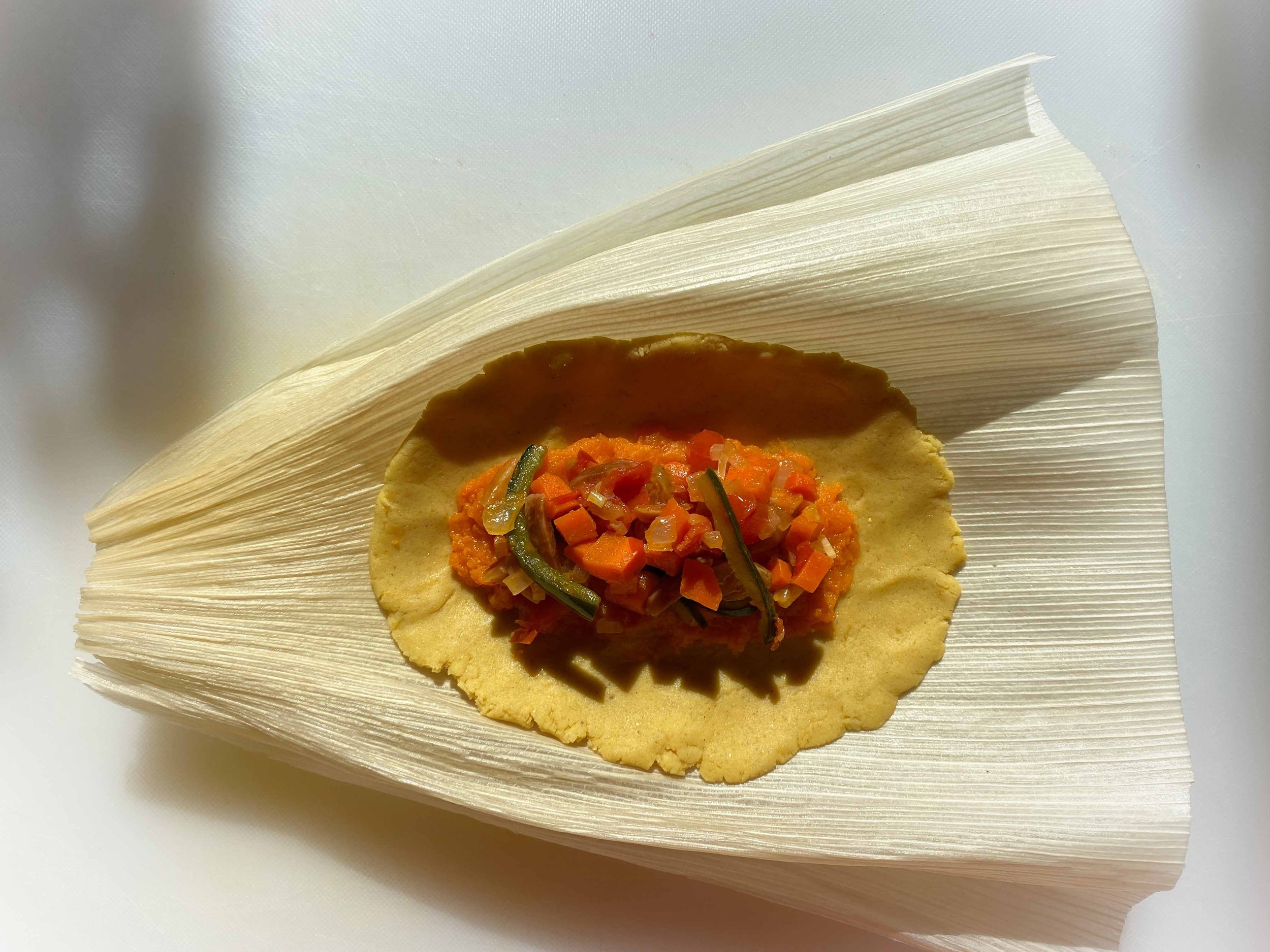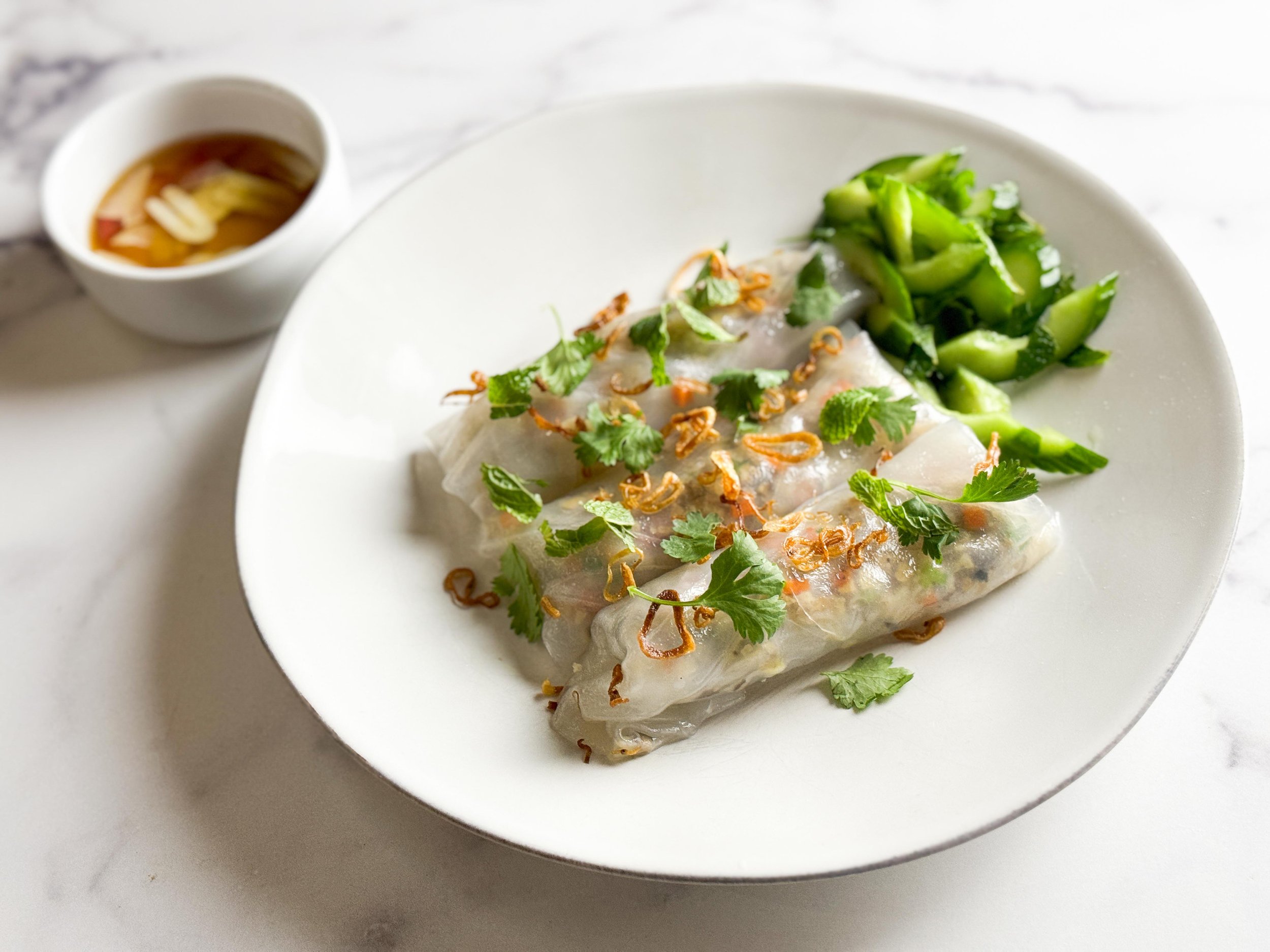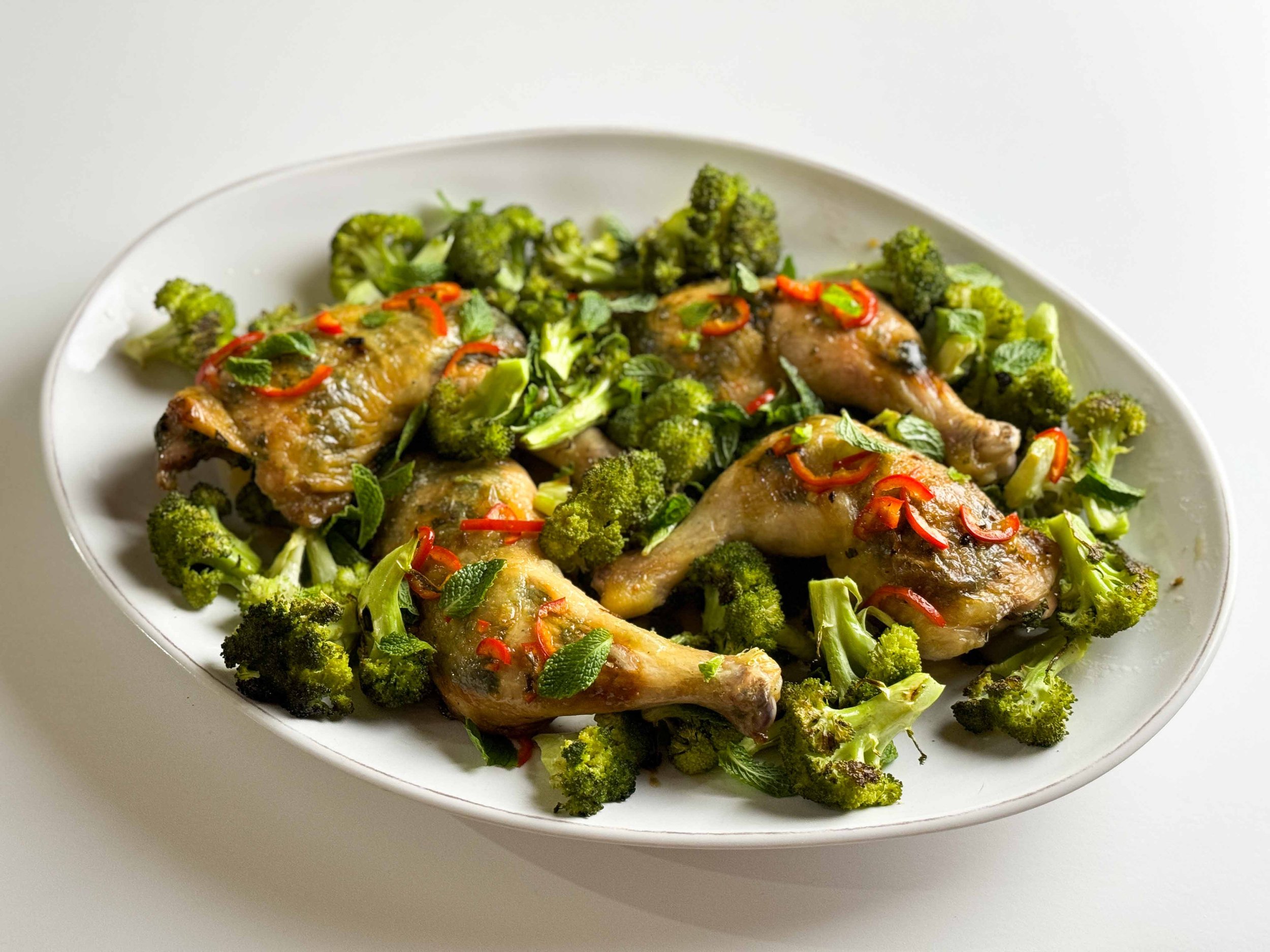Gohan: Everyday Japanese Cooking
Here’s one I’d recommend for fans of Emiko Davies — the Tuscany-based Japanese-born food writer and photographer who blogs and writes about regional Italian cooking. Those diving into Japanese cooking for the first time will also find it interesting. “Gohan’ means ‘rice’ in Japanese, and it also refers to the “everyday home-cooked meal.” As Davies’ Japanese mother explains it, “Nothing fussy, but quick and easy, and nourishing. One that is made with love.” I appreciate the section on hosting a temaki (sushi hand-roll) party, and went crazy over her recipe for Chilled Dressed Tofu. The illustrated cover captures its charms, and the photos (and more illustrations) inside are lovely.
Gohan: Everyday Japanese Cooking, by Emiko Davies, Smith Street Books, $35.
BUY ‘Gohan’ at Bookshop
BUY ‘Gohan’ at Amazon
~
We’re Also Excited About . . .
The following titles are those we haven’t yet tested recipes from, but we have high hopes for.
Sofreh: A Contemporary Approach to Classic Persian Cuisine
By Nasim Alikhani with Theresa Gambacorta, Knopf, $40.
Nasim Alikhani has such a great story: She opened her Brooklyn restaurant Sofreh five years ago at the age of 59, never having worked in a restaurant, but with a wealth of Iranian home cooking experience under her belt. Based on the gorgeous photos and the way the recipes are written, we can’t wait to dive in and cook. [Recipes not yet tested.]
BUY ‘Sofreh’ at Bookshop
BUY ‘Sofreh’ at Amazon
~
The Korean Cookbook
By Junghyun Park and Jungyoon Choi, Phaidon, $55.
This impressive, 496-page volume was written by two chefs, but the focus is home cooking and tradition. The history-filled introduction to hansik (Korean cooking) is on its own worth the price of admission, and the recipes — particularly the banchan (side dishes) — look wonderufl. [Recipes not yet tested.]
BUY ‘The Korean Cookbook’ at Bookshop
BUY ‘The Korean Cookbook’ at Amazon
~
On the Curry Trail: Chasing the Flavor that Seduced the World
By Raghavan Iyer, Workman Publishing, $30.
From the award-winning author of 660 Curries, this smart little illustrated volume tackles the question what makes a curry — with enticing recipes from six continents. [Recipes not yet tested.]
BUY ‘On the Curry Trail’ at Bookshop
BUY ‘On the Curry Trail’ at Amazon
~
Taste the World in Marseille
By Vérane Frédiani, Éditions de La Martinière/Abrams, $30
From all reports, the multicultural food scene in Marseille is exploding, and this exuberant book captures it all with a giant heart. It’ll make you want to go there, as much as it’ll make you want to cook. And if you do go, you’ll certainly want to have the book (a paperback) in hand as a guide. [Recipes not yet tested.]
BUY ‘Taste the World in Marseille’ at Bookshop
BUY ‘Taste the World in Marseille’ at Amazon
~
Made in Taiwan: Recipes and Stories from the Island Nation
By Clarissa Wei with Ivy Chen, Simon Element, $40.
Taipei native and food writer Clarissa Wei has put together an ambitious and impressive volume, in collaboration with Taiwanese cooking instructor Ivy Chen, that aims to tell the full story of Taiwanese cuisine. Home cooks from all over the island nation contribute their dishes. The result is a book that anyone who loves Taiwanese cooking or interested in learning about it should be thrilled to receive. [Recipes not yet tested.]
BUY ‘Made in Taiwan’ at Bookshop
BUY ‘Made in Taiwan’ at Amazon
~
Maydān: Recipes from Lebanon and Beyond
By Rose Previte with Marah Stets, Abrams, $40
Rose Previte, owner of Washington, D.C. restaurants Maydān, Compass Rose, Kirby Club and Medina, mined her travels all across the Levant, North Africa and Georgia to put together this gorgeous book. From Taktouka (Moroccan roasted pepper and tomato spread) to a lamb shoulder with Syrian seven spice that takes 8 hours to roast to Lebanon’s famous date-filled butter cookies, mamouls, the recipes look incredible. Plus, the book itself is a beautiful object — a rarer thing these days. [Recipes not yet tested.]
BUY ‘Maydān’ at Bookshop
BUY ‘Maydān’ at Amazon
~
Eater: 100 Essential Restaurant Recipes
By Hillary Dixler Canavan, Abrams, $35.
Eater’s Restaurant Editor chose iconic recipes from establishments all over the U.S. for this super-fun book, a snapshot of eating in America in our time. [Recipes not yet tested.]
BUY ‘Eater’ at Bookshop
BUY ‘Eater’ at Amazon
~
The World Central Kitchen Cookbook: Feeding Humanity, Feeding Hope
By José Andrés & World Central Kitchen with Sam Chapple-Sokol, Foreword by Stephen Colbert, Clarkson Potter, $35
“This is a place that is full of empathy and hope, a place where we are building longer tables, not higher walls,” writes super-hero chef José Andrés in his Introduction. He’s talking about the world of World Central Kitchen. “Wherever there’s a fight so that hungry people may eat . . . we’ll be there.” The book is meant to inspire to us to cook for a neighbor in need, volunteer at a local food pantry, or join WCK’s Relief Team responding to a disaster. Andrés uses the phrase “Cooks Without Borders” as a section head, which tickles us. Of course we support the organization! Please join us in raising money for their efforts. Buy the book; cook the recipes that come from WCK’s missions. [Recipes not yet tested.]
BUY ‘World Central Kitchen Cookbook’ at Bookshop
BUY ‘World Central Kitchen Cookbook’ at Amazon

